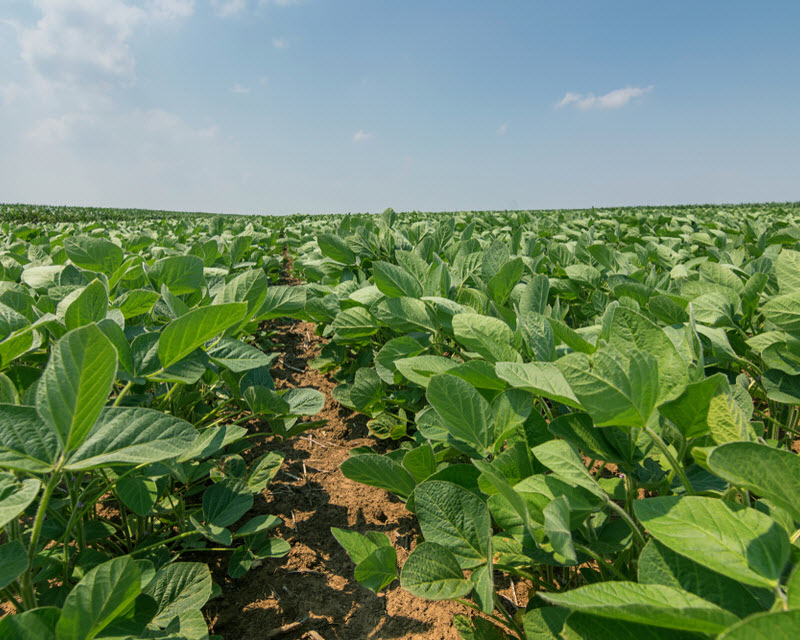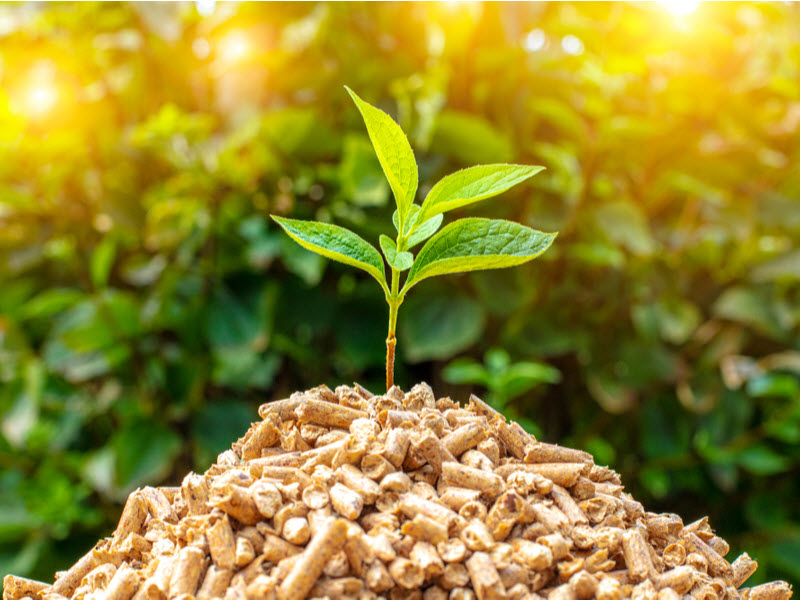
We have seen in previous articles how CCS technology is making powerful contributions to CO2 reduction in coal-fired power plants such as the SaskPower Boundary Dam project in Canada and in the Biomass energy market being developed by Drax in Yorkshire, Northern England.
The investments made into CCS technology by these two large energy businesses alone are showcasing how efficient CCS technology is and how quickly it can be deployed. The research and development from the two projects are fuelling global interest. With awareness of CCS intensifying within the energy market, it is an opportune time for industrial emitters to embrace CCS technology not only as a way to play their part in climate survival but as an opportunity to revolutionise their businesses and take the lead in actioning climate friendly practices.

Fertilisers are a key to the global food supply
Fertiliser is one of those commodities that many of us take for granted. We buy what we need for our gardens, vegetable patches and fruit trees without paying a great deal of attention to where it comes from. On a global scale, fertiliser production has increased immensely in the past 100 years. In 1913, the operation began on the world’s first ammonia plant. Ammonia is the key ingredient in most commercial-grade fertilisers. The world population in 1913 was around 1.7 billion. Fast forward a century and the global population is sitting at around 7.1 billion, and it is estimated that half the world’s population would not exist if it wasn’t for the synthetic fertiliser ammonia.
The production of one tonne of ammonia results in almost one tonne of high purity CO2. This statistic illustrates the high CO2 emissions associated with the production of necessary fertilisers. In the United States, ammonia plants have been capturing emitted CO2 since the 1980s. Two plants of significance, the Enid plant in Oklahoma and an ammonia nitrogen fertiliser plant in Coffeyville, Kansas, are capturing approximately 1.45 million tonnes of CO2 every year and repurposing it for oil recovery. This is the equivalent of taking every car in Denmark off the road.

More than just reducing CO2 from fertiliser production
There is no argument that better farming practices focused on reducing the intensity of ammonia are required, and the need for and uses of fertilisers will remain. CCS is a crucial technology and the only one currently developed that can effectively capture CO2 from fertiliser production plants.
The growth in biomass as a decarbonisation tool for some products such as building materials and fuels for challenging areas such as aviation will also require fertilisers. The production of biomass as a sustainable energy source is gaining significant traction, particularly in the United Kingdom and across Europe.
Carbon capture and storage is providing the necessary technology for companies such as DRAX to confidently invest in biomass energy as a clean and sustainable energy source. Other renewables such as solar, wind and hydro cannot provide a full-proof technology plan in the biomass space and CCS is punching above its weight in this energy supply landscape.

Ethanol producers are now leaning on CCS
Putting ethanol production into perspective, an ethanol plant producing around 3.8 million litres will create around 300,000 tonnes of CO2. Using CCS technology, this CO2 can be captured at the source and sequestered safely underground or repurposed as part of CCUS strategy. An interesting position in ethanol production is corn. Corn is currently widely grown and used as both a food source and fuel. Corn plants extract CO2 from the atmosphere to produce starch, sugars and cellulose. In the fermentation process, corn sugars are turned into ethanol. Highly concentrated CO2 is a by-product.
Capturing the CO2 from fermenters using CCS technology is a relatively straightforward process that is currently being explored and utilised by the ethanol production industry across the United States.
Other industrial emitting industries, including cement, steel and chemical production are looking closely at CCS technologies. These industries cannot rely on renewables alone to reduce their carbon footprint and the continuing development of CCS technology is the key. As younger and emerging leaders enter these industries, they will be aligning their businesses to fit within the green space, and those adopting CCS technologies now will see the benefits as the green future evolves.
CCS Energy is committed to forging your path toward net zero emissions. Our expertise can help clients set realistic targets and tap into additional asset value through carbon offset mechanisms available through various global emission trading schemes. Our people are CSS experts and well engineers, passionate about identifying efficient and cost-effective transition technology to capture and store carbon and reduce your operation’s carbon footprint.
With years of technical experience in the petroleum industry, we can provide all aspects of technical design, project management and regulatory administration.
When your business is ready to do its part in reducing its carbon emissions footprint, give our team a call. We only offer the very best solutions and technical expertise.



